
You may feel like you’re trying out a new dance step the first time you try to brush your dog or cat’s teeth. You go left, and your cat steps right. You talk soothingly, and your dog’s ears go up. You fake left, and the cat leaps over the coffee table and out the pet door. Yikes!
While beginning the “brush, brush boogy” can challenge you, this habit can add years to your pet’s life. Just like for humans, a pet’s dental health is intrinsically linked to the health of its heart, liver and kidneys.
When do you start? Grab your partner! Ideally you should start with your kitten or puppy by slowly introducing toothpaste specially formulated for them. Keep in mind that your own toothpaste isn’t meant to be swallowed, and if a pet swallows enough of it, the fluoride could cause gastrointestinal irritation.
The best time to introduce a new concept like teeth brushing is when your pet is relaxed. For a dog, after a long walk would be a great time. For a cat, a good time might be when she’s just waking up or when she’s starting to settle down for a nap.
Kitty Tries a New Thing. Curiosity can work to your advantage when it comes to your cat and something new. Put a dab of his special toothpaste on a treat. Try this approach for several days, and by the second week, you can put a dab of the toothpaste on her special toothbrush and leave it within reach.
By the third day, you can try brushing. If your cat flinches, stop; you can try another day. With some cats, you may have to persistently introduce the concept for the first month; however, your patience will pay off.
Do the Doggie Dawdle. You’re not running a race – you’re slowly starting a new habit. You can get your dog started by putting a little of the pet toothpaste on a treat. He can slowly become accustomed to the taste if you serve up one of those special treats with toothpaste each day for a week.
During the second week, you can start with actually brushing your dog’s teeth. Talk soothingly and move slowly. If she balks with your first efforts, call it a day. You can try again tomorrow. Offer a treat after each brushing session, and make your dog’s experience a positive one.
Dance Your Pet to Better Health Looking into your pet’s mouth on a regular basis means you will know when anything changes. Since your pet’s dental health offers dependable insight into his overall health, her mouth should be examined by a veterinarian regularly.
If you can’t remember the last time you brought your favorite pet(s) in, call and make a date with your vet to put you and yours on the dance card!
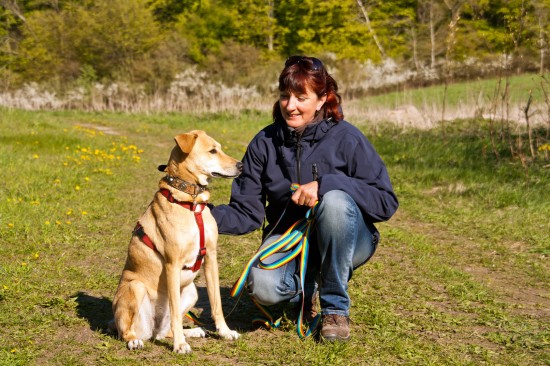 Walking The Dog - Three Common Challenges You Might Encounter
Walking The Dog - Three Common Challenges You Might Encounter
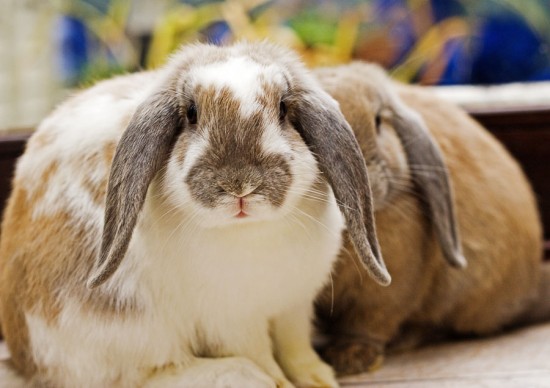 So You Want To Keep Rabbits?
So You Want To Keep Rabbits?
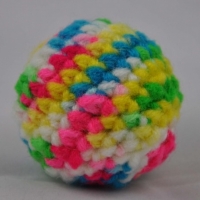 What To Look For When Choosing A Catnip Cat Toy
What To Look For When Choosing A Catnip Cat Toy
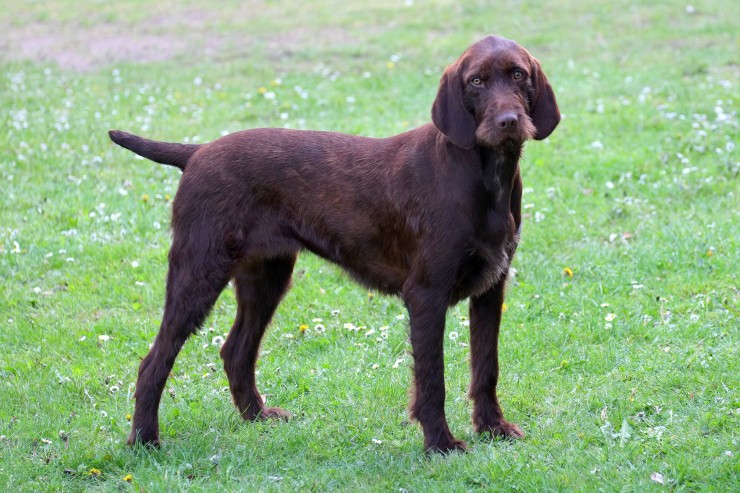 Making A Claim Against A Dog Owner’s Third Party Liability Insurance
Making A Claim Against A Dog Owner’s Third Party Liability Insurance
 The Special Health Considerations Of The Boxer Dog
The Special Health Considerations Of The Boxer Dog
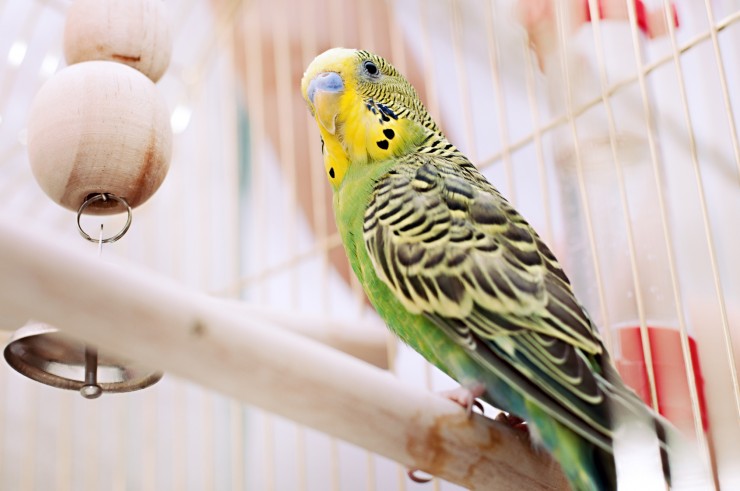 Tips Of How To Teach Pet Birds To Repeat Nice Things
Tips Of How To Teach Pet Birds To Repeat Nice Things
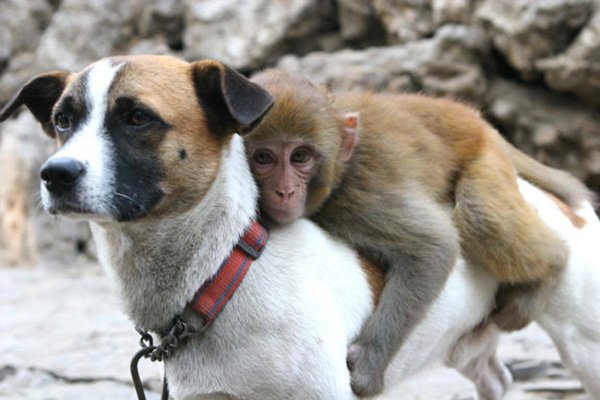 Tips to Choose Healthy Foods for Dogs
Tips to Choose Healthy Foods for Dogs
Dog is a
Tips to Choose Healthy Foods for Dogs
Tips to Choose Healthy Foods for Dogs
Dog is a
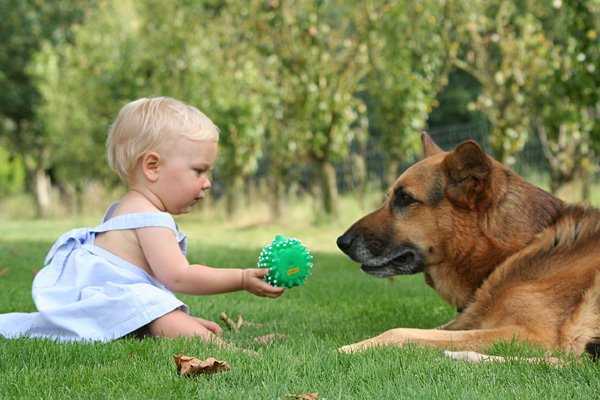 Housebreaking a Schnauzer Puppy
Housebreaking a Schnauzer Puppy
A Schnauzer Pu
Housebreaking a Schnauzer Puppy
Housebreaking a Schnauzer Puppy
A Schnauzer Pu
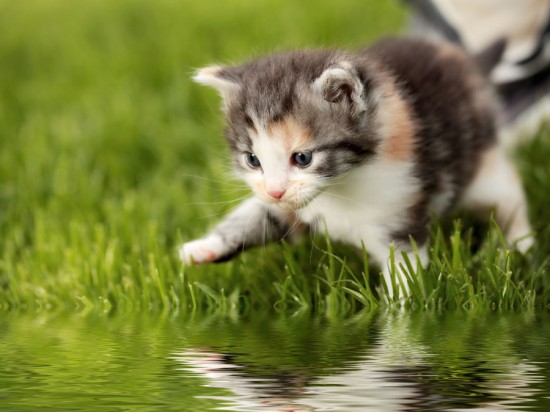 Introducing Your New Kitten To The Outside World
Introducing Your
Introducing Your New Kitten To The Outside World
Introducing Your
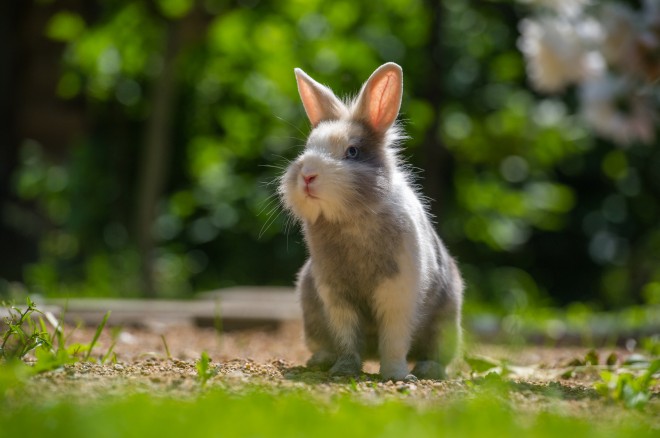 Why Exercise Is So Important For Rabbits
Why Exercise Is S
Why Exercise Is So Important For Rabbits
Why Exercise Is S
 The Top Five Smallest Breeds Of Cat
The Top Five Smal
The Top Five Smallest Breeds Of Cat
The Top Five Smal
Copyright © 2005-2016 Pet Information All Rights Reserved
Contact us: www162date@outlook.com